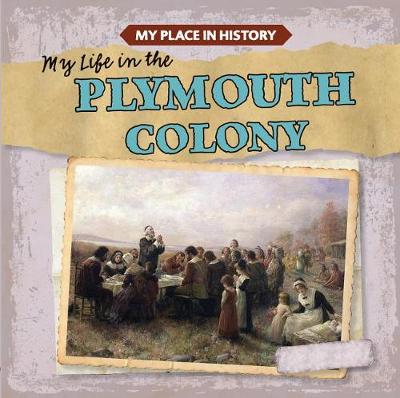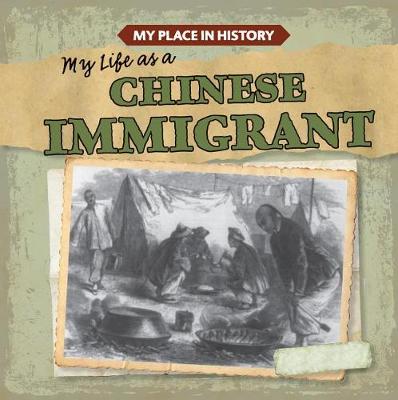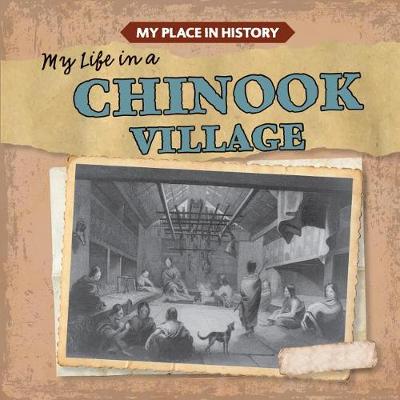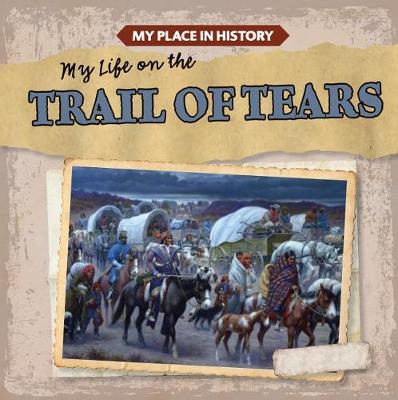My Place in History
7 total works
The progress of America after the Industrial Revolution came at the cost of many unnamed lives, and there s no story more indicative of this than the plight of the Chinese men who built the transcontinental railroad. Young readers will be transported through first-person accounts and even a Western Union telegram into the Central Pacific camp, learning how track was laid, how perilous the job was, and how deeply racism affected these men who thanklessly connected the coasts. Black-and-white photography brings history to life, while a table of powerful statistics exposes the incredible reality of the epic project.
So much of life today is different from life in an 1800s Chinook village. Located in the present-day states of Washington and Oregon, the Chinook are one of North America s native cultures. This book introduces young readers to the lifestyle of the Chinook through a fictional journal chronicling the daily life of an 8-year-old fisherman s son. Fact boxes throughout the text present the historical context for the journal s stories, and an engaging table sums up just how different their life was from young readers lives today.
In 1848, thousands of people from all over the world dropped their mundane lives and embarked on sometimes deadly journeys with hopes of striking gold in the American West. This book chronicles a fascinating period of American history through fictional found ephemera, meticulously researched and developed to create an inside look into the life and struggle of the forty-niners. Captivating black-and-white photography of the miners illustrates their powerful story. Maps of the Gold Rush main routes and destinations are included. This book is sure to engage even reluctant readers of American history!






